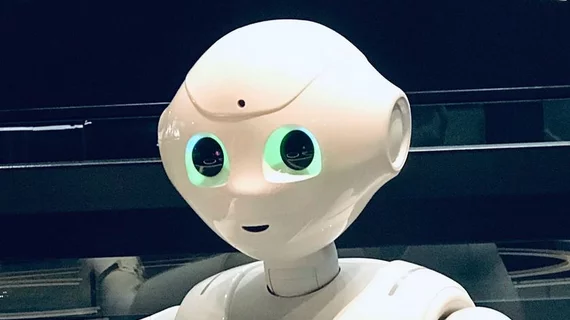How Wuhan robots tended to COVID patients while keeping med staff safe
Some look like people in robot costumes. Some look like microwave ovens on wheels. All helped healthcare workers in Wuhan, China, avoid contracting COVID-19 while caring for hospitalized patients who had the illness.
The machines are the 14 robots that all but led operations at a field hospital in the city that is the Ground Zero of the raging global pandemic.
CNBC has the story in words and videos.
One quick clip shows the technology, developed by CloudMinds of Beijing, checking peoples’ temperature with infrared thermometry. When someone enters the hospital with an elevated body temperature and other signs of fever, the device alerts medical staff.
The robots range in cost from $17,000 to $72,000 apiece.
A model at the high end works with an AI platform that syncs with smart bracelets and rings worn by patients. At the height of Wuhan’s coronavirus crisis, it was “able to monitor patient vital signs, allowing doctors and nurses outside the facility to monitor all patient vital information remotely on one interface,” CloudMinds CEO Bill Huang tells CNBC.
Read the item and view the videos:

